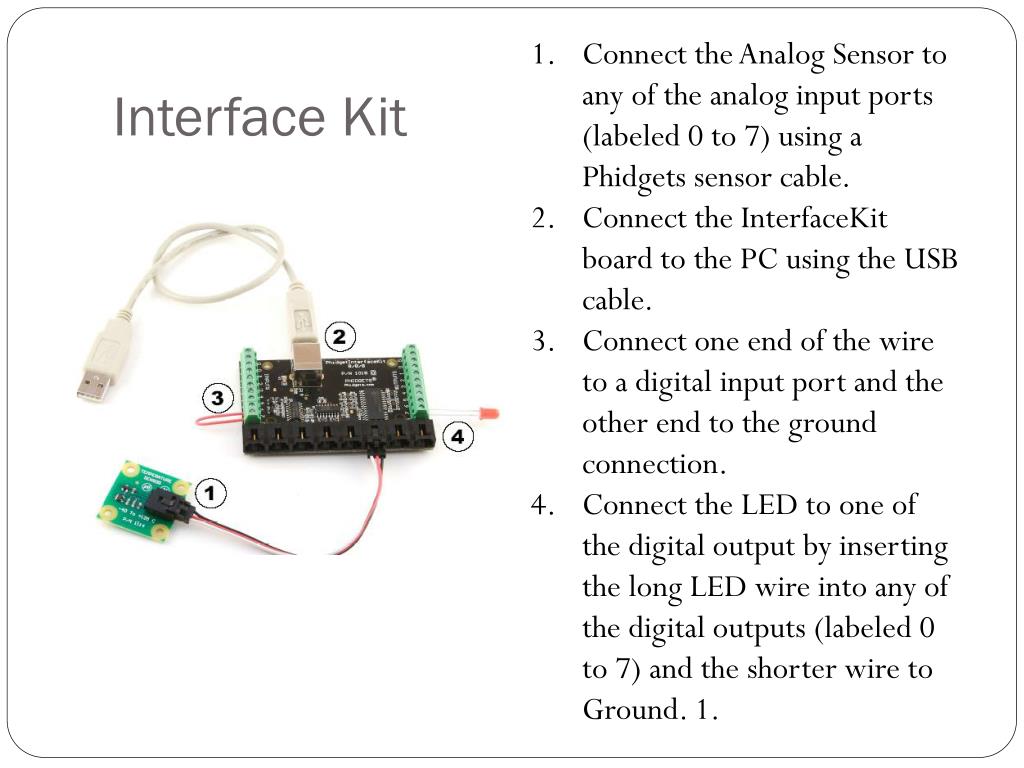
Used to quote special characters in a prefix or suffix, Is used instead of the decimal separator. If present in a pattern, the monetary decimal separator Ifĭoubled, replaced by international currency symbol. Multiply by 1000 and show as per mille valueĬurrency sign, replaced by currency symbol. Separates positive and negative subpatterns Separates mantissa and exponent in scientific notation. Two exceptions are the currency sign and quote, whichĭecimal separator or monetary decimal separator Patterns use the corresponding characters taken from this formatter'sĭecimalFormatSymbols object instead, and these characters lose The characters listed here are used in non-localized patterns. They must be quoted, unless noted otherwise, if they are to appear in the Other hand, stand for other characters, strings, or classes of characters. Parsing and output unchanged during formatting. Many characters in a pattern are taken literally they are matched during Interval between the last one and the end of the integer is the one that is If you supply a pattern with multiple grouping characters, the Of digits between the grouping characters, such as 3 for 100,000,000 or 4 forġ,0000,0000. The grouping separator is commonly used for thousands, but in someĬountries it separates ten-thousands. Separator should be distinct characters, or parsing will be impossible. Specified.) Another example is that the decimal separator and thousands (If they are identical, thenĭecimalFormat will behave as if no negative subpattern was To distinguish positive from negative values. Suffixes must be distinct for DecimalFormat.parse() to be able For example, either the positive and negative prefixes or the However, care mustīe taken that the symbols and strings do not conflict, or parsing will be Values, and they will appear properly during formatting. Thousands separators, decimal separators, etc. The prefixes, suffixes, and various symbols used for infinity, digits,

That means that "#,#0.0# (#)" produces precisely Minimal digits, and other characteristics are all the same as the positive Serves only to specify the negative prefix and suffix the number of digits, If there is an explicit negative subpattern, it Localized minus sign ( '-' in most locales) is used as the Is optional if absent, then the positive subpattern prefixed with the Subpattern has a prefix, numeric part, and suffix. Fraction Exponent opt Integer: MinimumIntegerĠ, MinimumInteger Fraction: MinimumFraction opt OptionalFraction opt MinimumFraction:Ī DecimalFormat pattern contains a positive and negative Pattern: PositivePattern PositivePattern NegativePattern PositivePattern: Prefix opt Number Suffix opt NegativePattern: Prefix opt Number Suffix opt Prefix:Īny Unicode characters except \uFFFE, \uFFFF, and special characters Patterns DecimalFormat patterns have the following syntax: The NumberFormat factory methods, the pattern and symbols are

Symbols are stored in a DecimalFormatSymbols object. The pattern may be set directly usingĪpplyPattern(), or indirectly using the API methods. ((DecimalFormat) f).setDecimalSeparatorAlwaysShown(true) Ī DecimalFormat comprises a pattern and a set of NumberFormat f = NumberFormat.getInstance(loc) If you need to customize the format object, do NumberFormat factory methods may return subclasses other thanĭecimalFormat. In general, do not call theĭecimalFormat constructors directly, since the To obtain a NumberFormat for a specific locale, including theĭefault locale, call one of NumberFormat's factory methods, suchĪs getInstance(). Supports different kinds of numbers, including integers (123), fixed-point Locale, including support for Western, Arabic, and Indic digits. It has a variety ofįeatures designed to make it possible to parse and format numbers in any NumberFormat that formats decimal numbers.


 0 kommentar(er)
0 kommentar(er)
